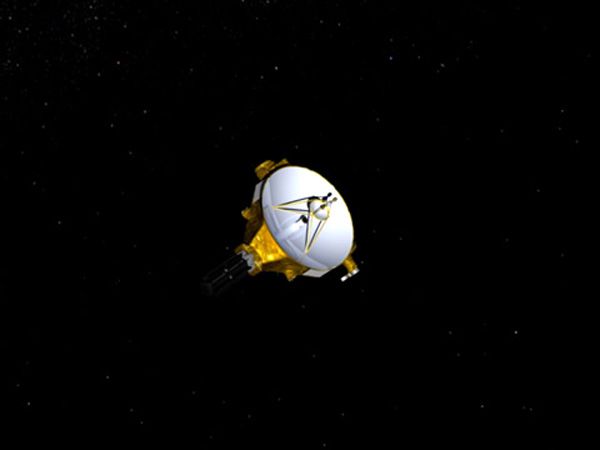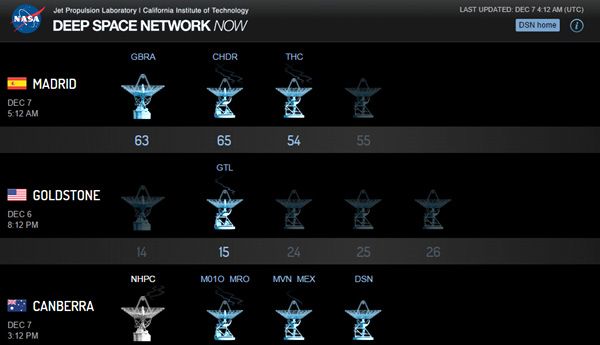
NASA / Johns Hopkins University Applied Physics Laboratory / Southwest Research Institute
At 6:53 PM, Pacific Standard Time today, the flight team for NASA's New Horizons mission received full confirmation that the Pluto-bound spacecraft awoke from its final hibernation period that began in August. New Horizons technically woke up around 12 PM, PST today—and transmitted a signal to Earth almost two hours later. Considering the fact that the grand piano-sized probe is 2.9 billion miles from our planet, it took 4.5 hours for the transmission to travel across the solar system until it was detected by a Deep Space Network antenna in Canberra, Australia. New Horizons will now spend the remainder of this month having its flight systems and science instruments checked out for its highly-anticipated Pluto encounter, which begins on January 15. New Horizons is in the home stretch of its 9-year journey to the dwarf planet that Clyde Tombaugh discovered in 1930. In fact, some of the late astronomer's ashes are onboard the spacecraft...and in 7-months' time his presence will literally be at Pluto and its five moons once New Horizons makes its closest approach. Sounds very poetic, indeed.


No comments:
Post a Comment